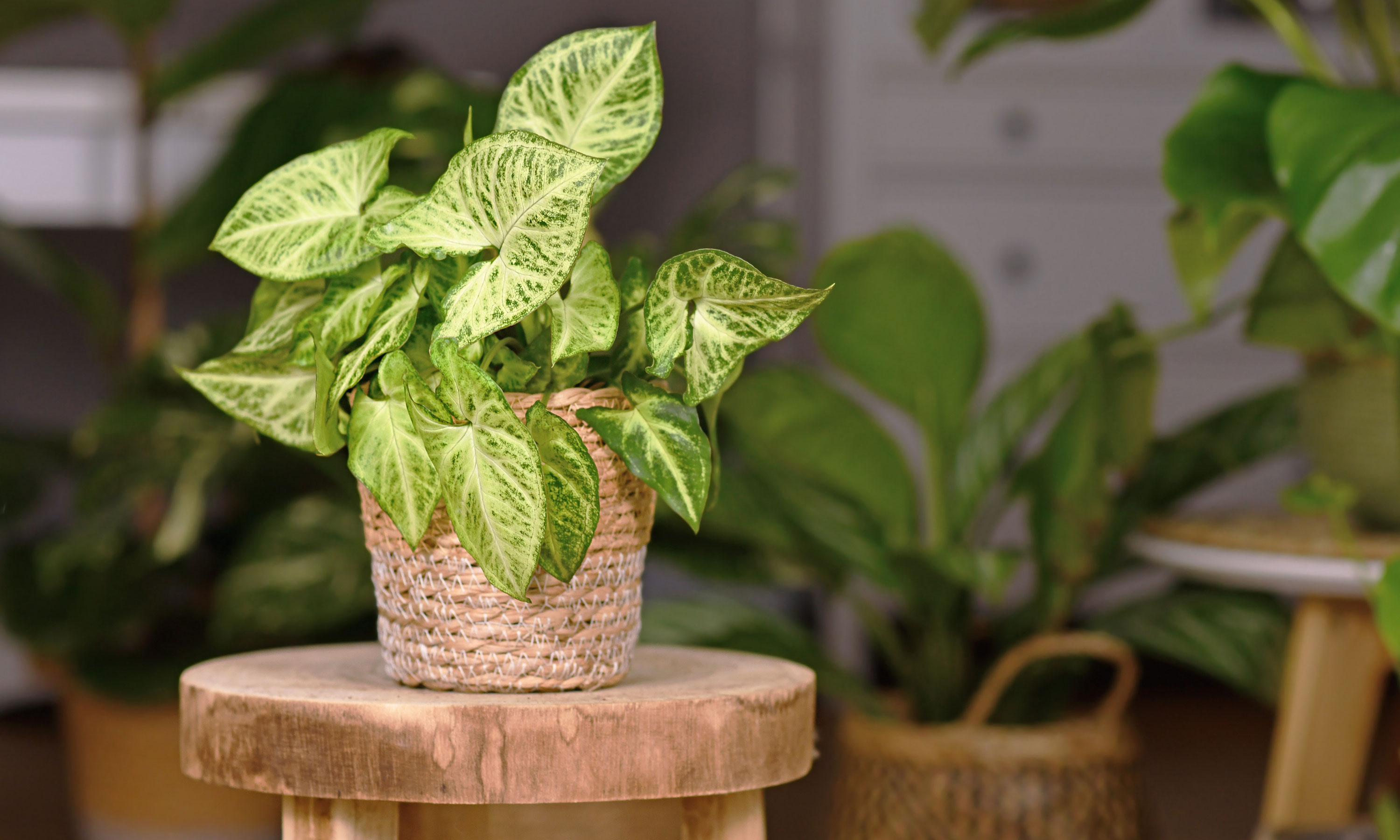

The love we have for plants is unreal. Our adoration has gotten to the point where a space without the slightest glimmer of foliage present is alarming.
Cool to look at, calming to have around, and an easy talking point with house guests, our plants serve us well.
Depending on your home's aesthetic, houseplant collections, of course, will vary. You may be aiming for Amazon jungle vibes in a tiny studio or serving a more gallery-esque finish with just one or two statement plants.
Whichever look your indoor plant scene falls into, there will always come a time when you want to level up your display. Sure, adding yet more readily available (shall we call them) plants into the mix is an easy route to success, but sometimes it's worth taking a little more time and going that extra mile. And there is no better way to elevate your display than by adding rare houseplant species to your collection.
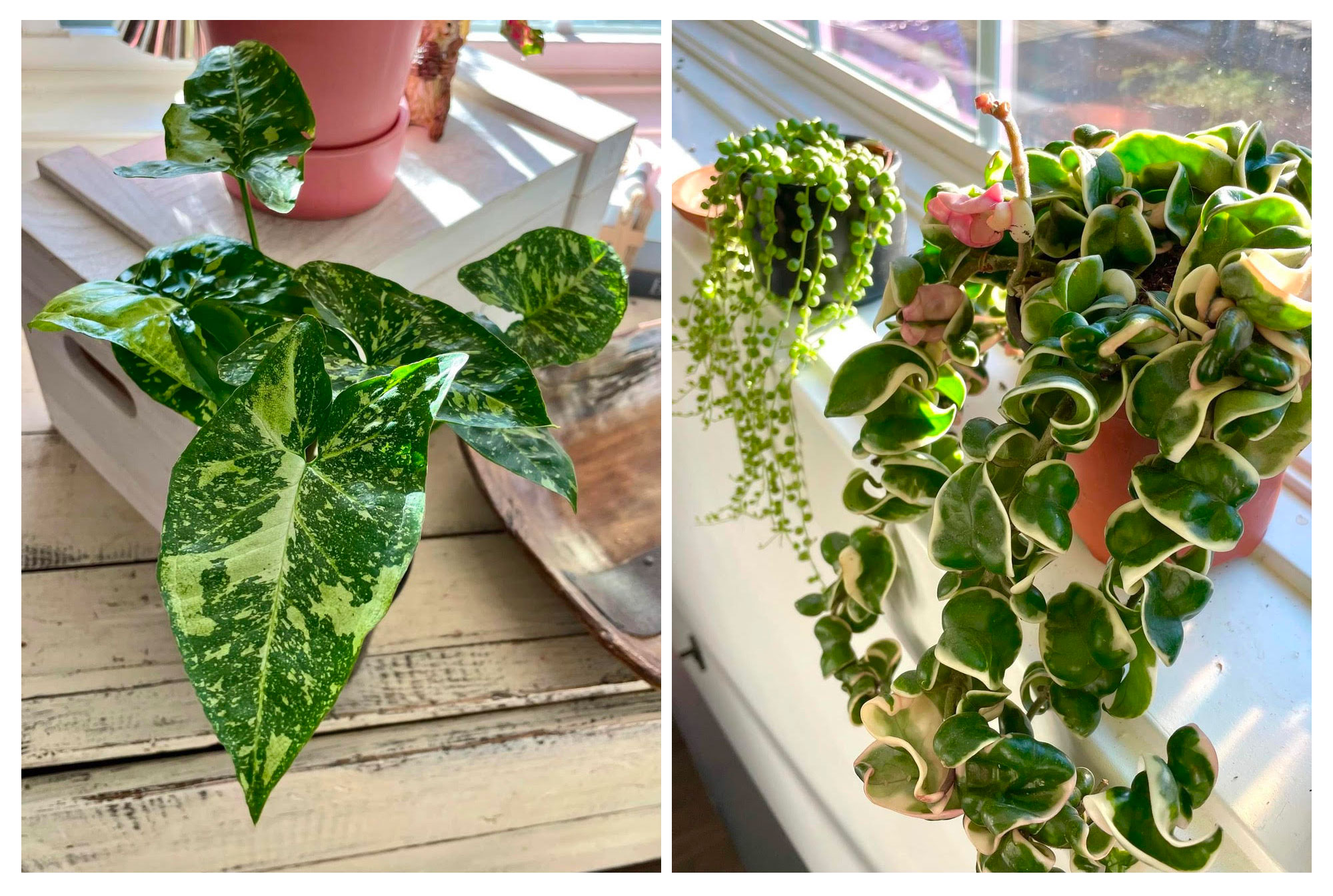
On the left: Hoya compacta
On the right: Syngonium 'Three kings'
What defines a rare houseplant?
As most dictionaries would list, the definition of rare is (and as specifically cited in Collins): "Something that is rare is not common and is therefore interesting or valuable."
When it comes to plants, you might be wondering, "How have I not got any unusual plants already?" It's because rare house plant varieties are typically way harder to find. And, if you don't even know they exist, aside from thinking they look cool, you might not know their true value.
Tasha Adams of Hickory Lane Plants works with house plants daily since quitting a call center job to start a chic mobile plant business. In fact, she's Missouri’s first mobile plant business owner. "There aren't as many rare plants as people think, they're just harder to find," says Adams. "We like to call them 'harder to find' because you usually have to go to a plant shop that carries a wider range of plants or online shops."
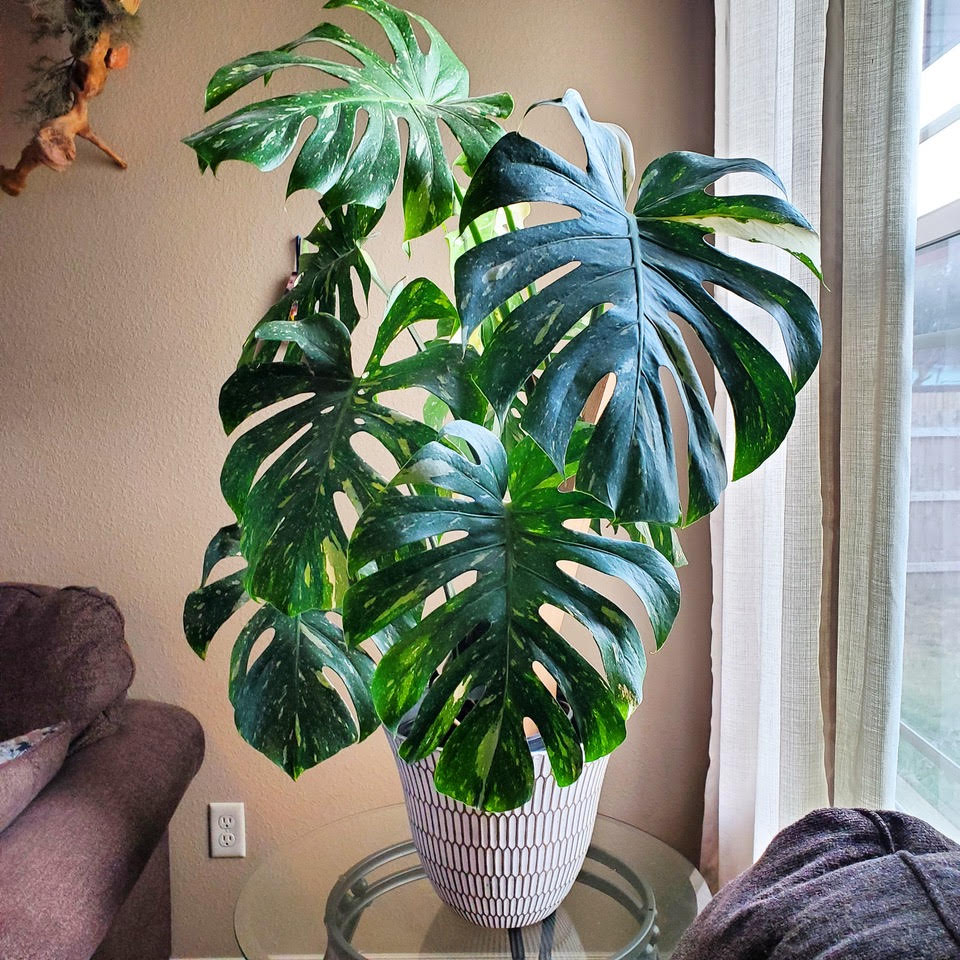
Monstera Thai constellation
As with many things in life, we often want what we can't have. Before getting too invested, I asked Adams whether rare houseplant species were any harder to look after indoors (because we all know how even basic houseplant care can be too demanding at times).
Surprisingly, Adams said that there are several rare species that can happily be kept as houseplants: "Most rare Scindapsus, Philodendron, Monstera, Epipremnum, Sansevieria, etc. plants will do just fine!"
On that note, here are some rare houseplants that might be worth your money and energy.
Rare house plants to get into
Naturally, Adams has some cool house plants within her collection at home: Monstera Esqueleto, Philodendron Atabapoense, Philodendron Domesticum, Ficus Elastica Shivereana, and the Monstera Dubia, to name but a few.
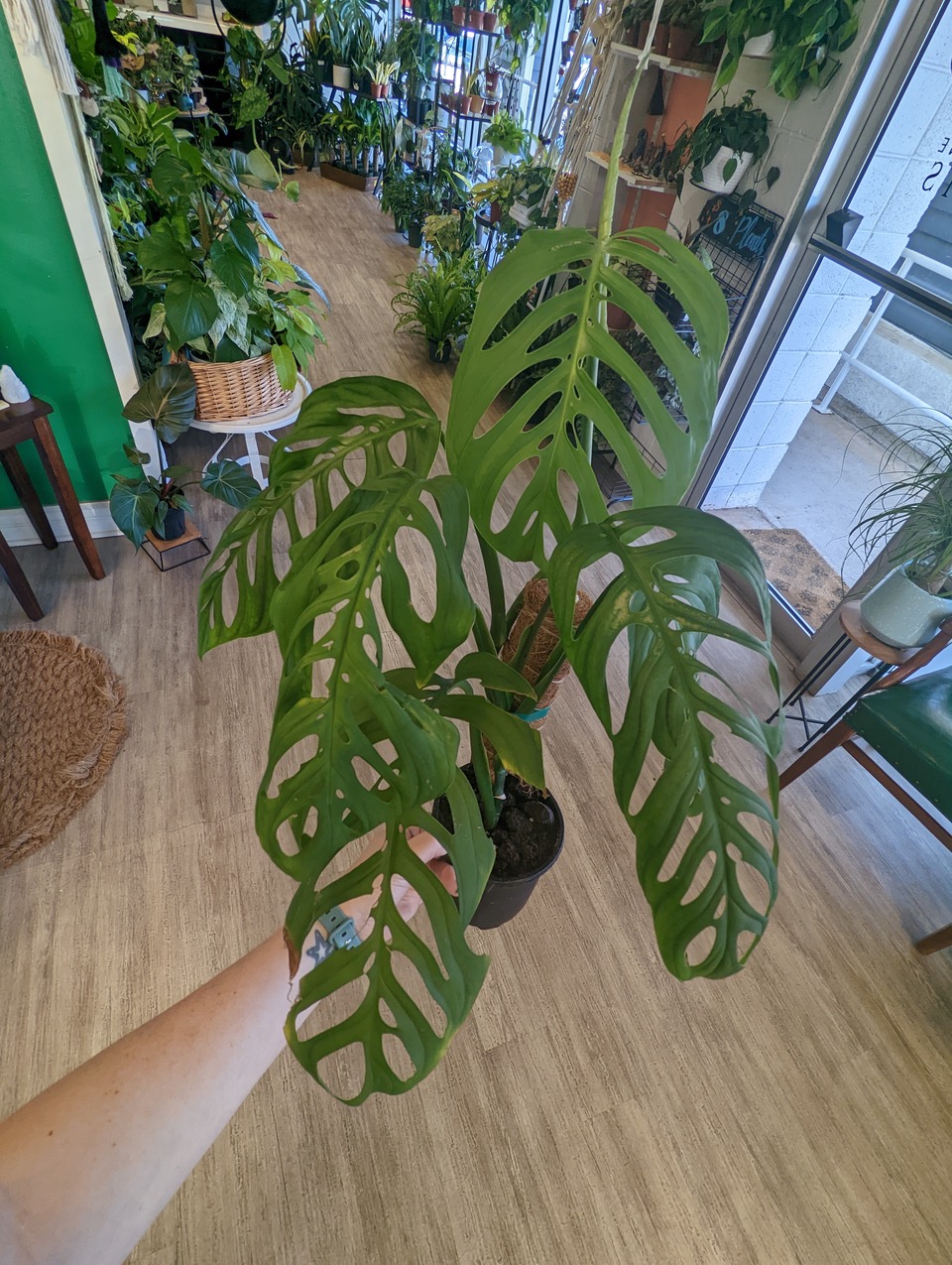
Monstera Esqueleto Plant
The Monstera Esqueleto is actually native to Costa Rica, found in the Cloud Forest. (I have actually seen many of these myself growing up trees in all their glory.) They are hardy enough to survive rainforest climates, downpours, and wind, but if you're keeping one in an apartment, pay attention to humidity levels and keep it in bright indirect sunlight — similar to what your classic cheese plant would enjoy.
Online, costs start at about $50. For one as established as Adams', you'll be looking at $200 and up. Adams does however recommend a good humidifier to help with certain plants, noting that "some have higher humidity needs, but a humidifier works well to solve that problem."
Investing in the best rare houseplants
Feng shui and houseplant expert Clara Leung owns Clara’s Green House, a thriving plant business on Facebook Marketplace complete with thousands of plants, planters, and homemade soil. She also has a hard-to-find plant on her countertops. "Bloody Mary philodendron is one of the rare plants in my collection," says Leung. "Usually, a common philodendron's leaf surface is matte, but this one has a glossy surface. The shape gives a soft feeling. The bottom of the leaf and the stem are super red."
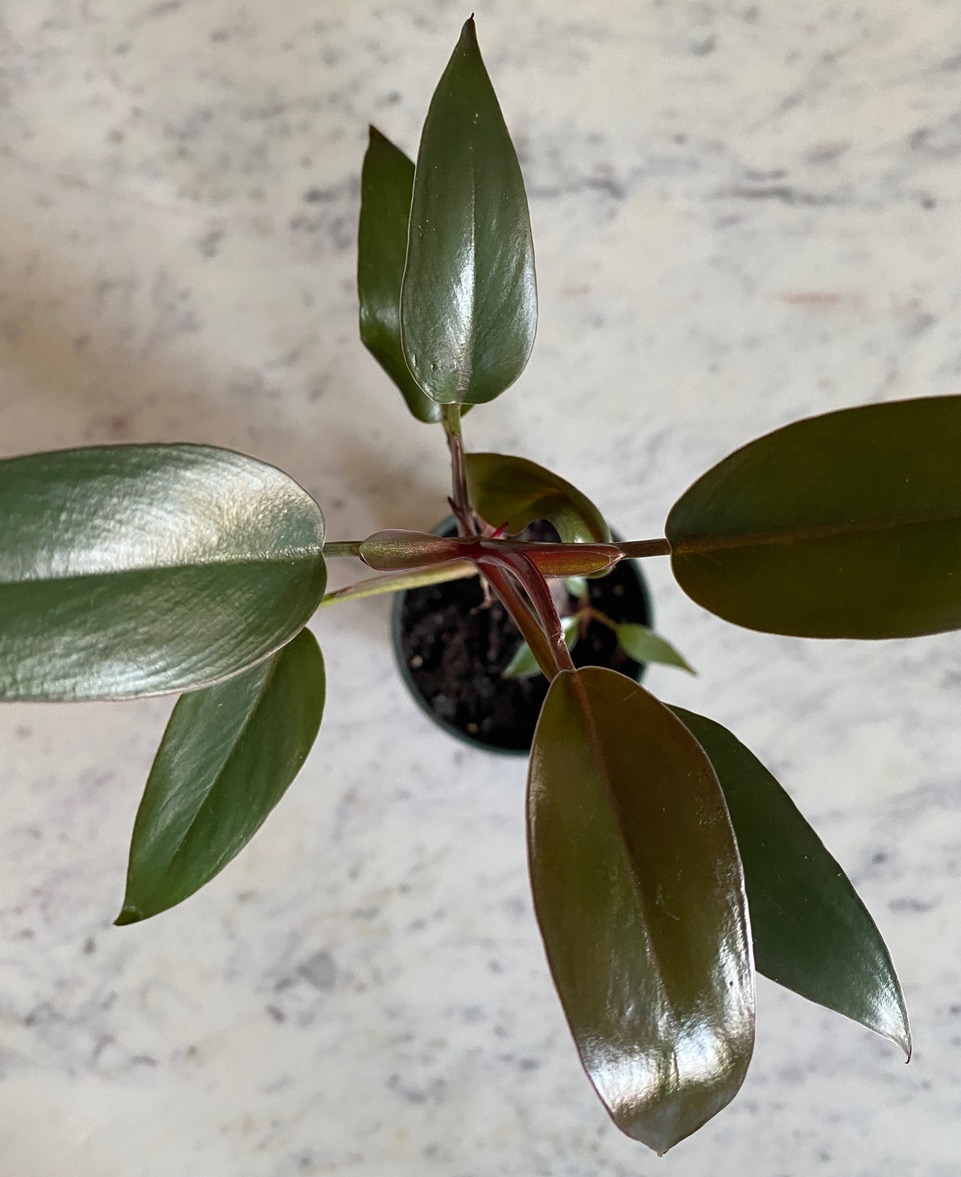
Blood Mary philodendron
For starters, we love the name. "This plant is hard to find in the world," notes Leung, adding how care-wise this species can be a little more sensitive. "Information out there says she needs indirect sunlight; unfortunately, in fact, she likes filtered indirect sunlight because her leaves could be easily burned."
I asked Leung where she came across this gem. "I found it when visiting a local nursery shop," she says. "I usually go to the 'discount' area where they often throw dying plants on the table with a price. I found it dying and it was $5."
Not bad considering, prices start at around $15 on Etsy just for cuttings of Bloody Mary philodendron...
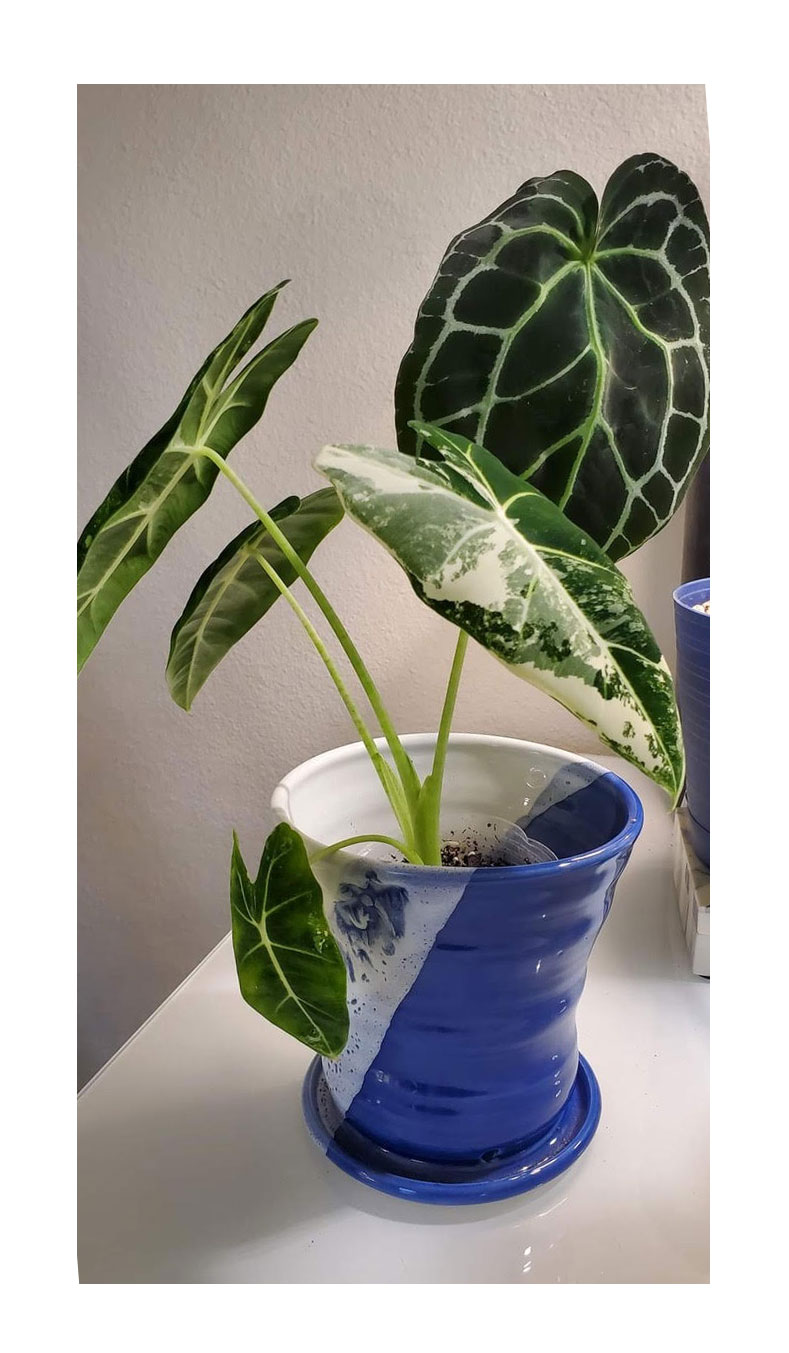
Variegated Alocasia 'Frydek'
If you find a variegated Alocasia 'Frydek' in your local garden center, you've also hit the jackpot. Online, prices are elevated and don't fall far from the $180 marker for this very pretty but rare elephant-ear plant. Shop around and always invest wisely.
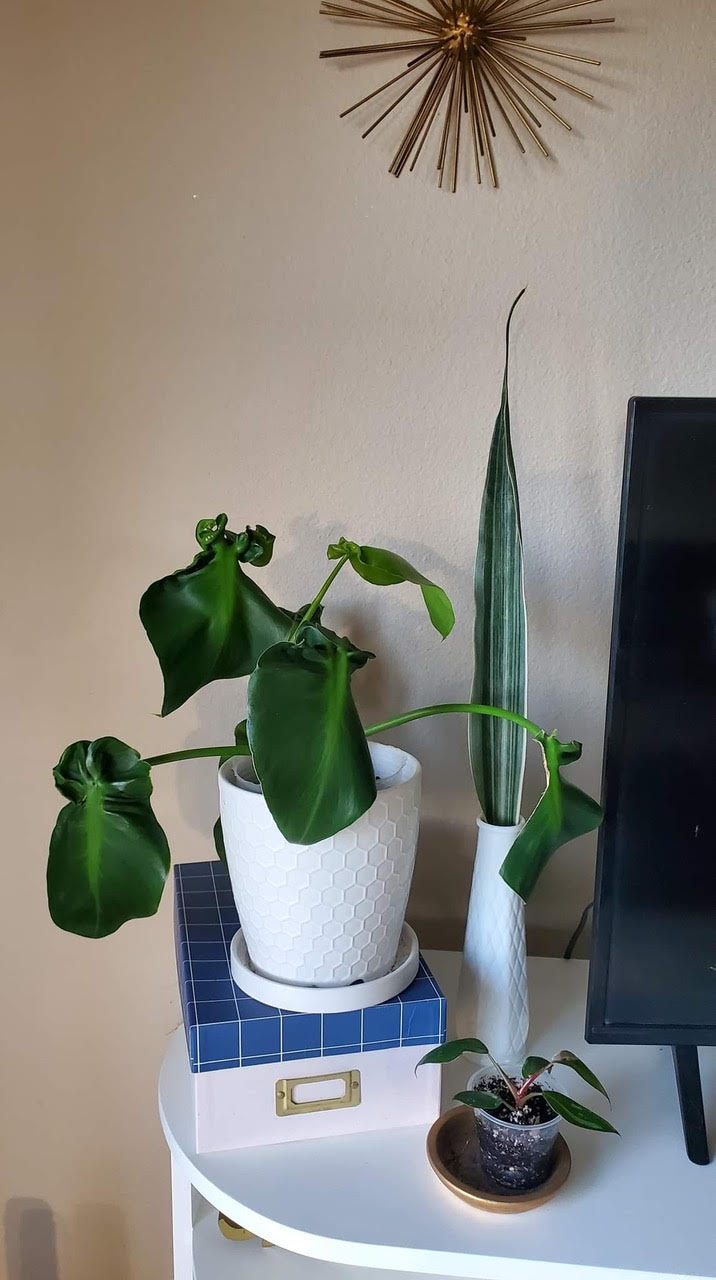
Philodendron 'Rugosum'
Equally as stunning is the Philodendron Rugosum. It's hardly surprising that this is one of the more expensive rare plants to shop for online too. Prices flutter around the $100 marker, so if the Philodendron Rugosum is bought on Etsy or another local store, it will be an investment to love, cherish, and propagate!
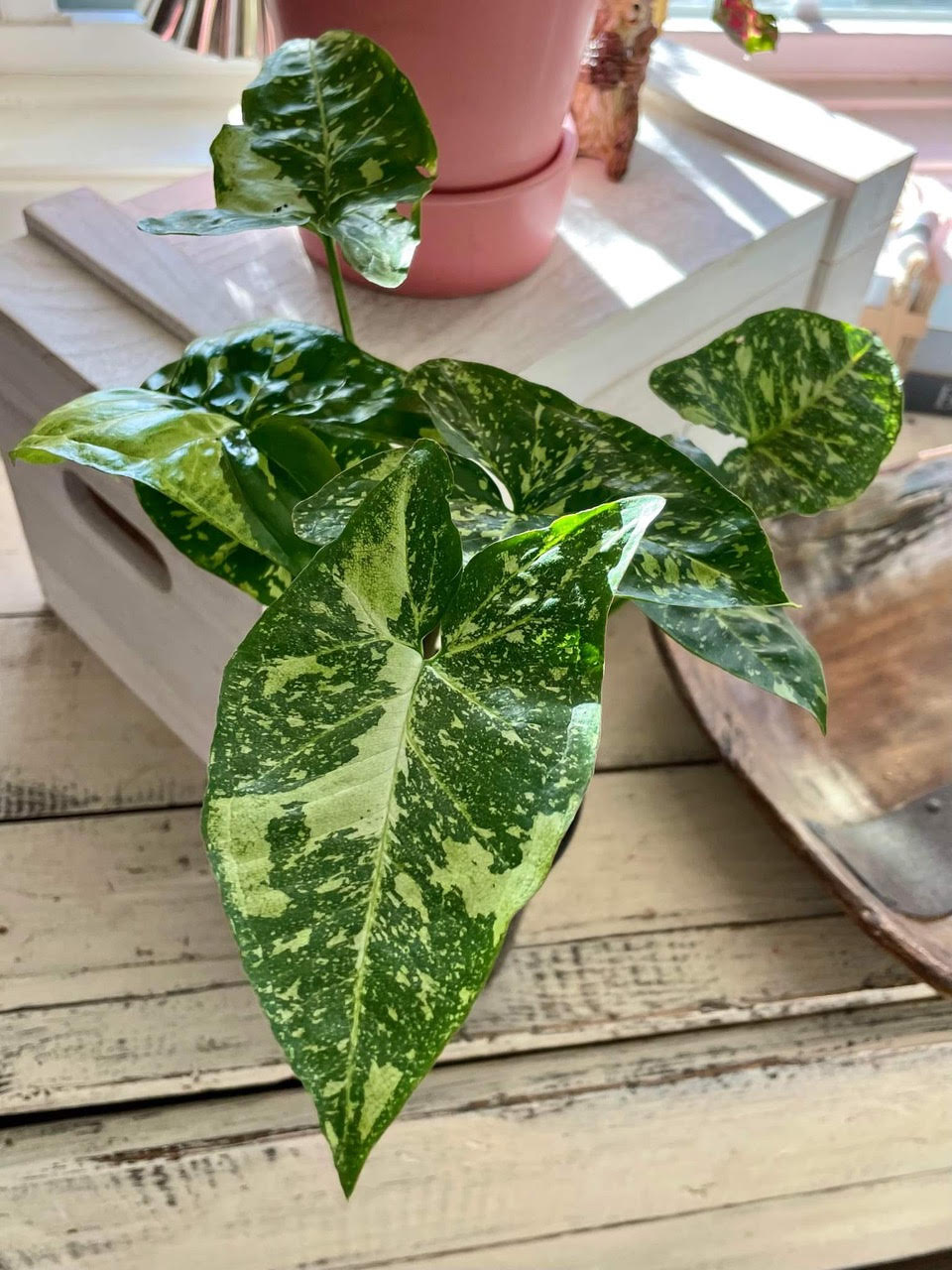
Syngonium 'Three kings'
Still a total catch in its own right but slightly more affordable is the beautiful but rare arrowhead Syngonium plant. It's native to Central and South America and starts at $19, with larger plants coming in closer to $50.
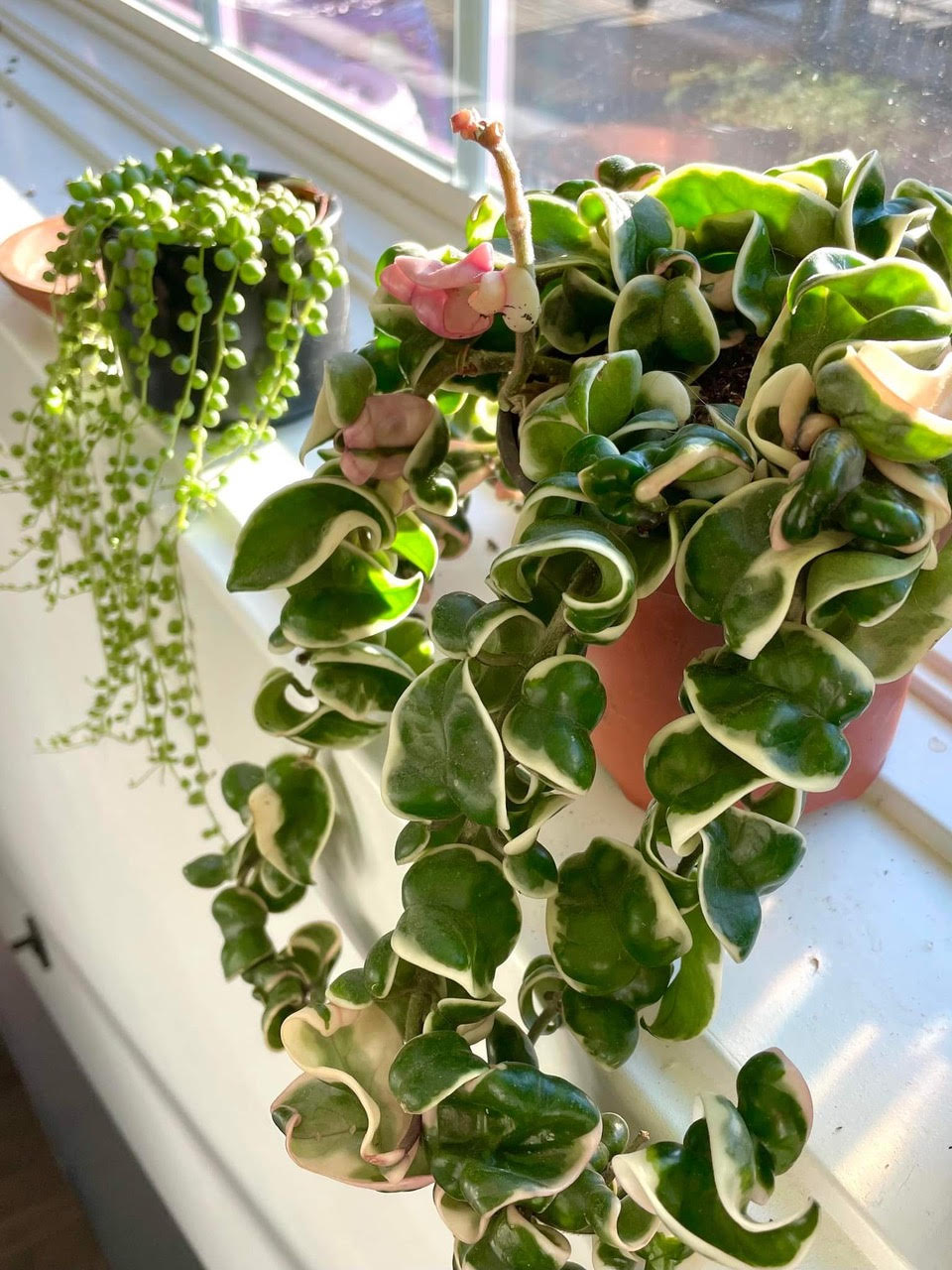
Hoya compacta
Hoya compacta on Etsy can range from $19–$50 with more established varieties sitting at the $90+ marker. So if you want more interesting and aesthetically pleasing plants that will increase significantly in value through the years, these leafy picks are worth investing invest in.
How should you care for rare houseplant species?
Adams says that "Care for 'rare' plants is pretty similar to common houseplants. You usually just need to increase the humidity a little, but everything else is the same as the common options of the same plant." Generally speaking, you'll want to replicate their natural environment as best you can.
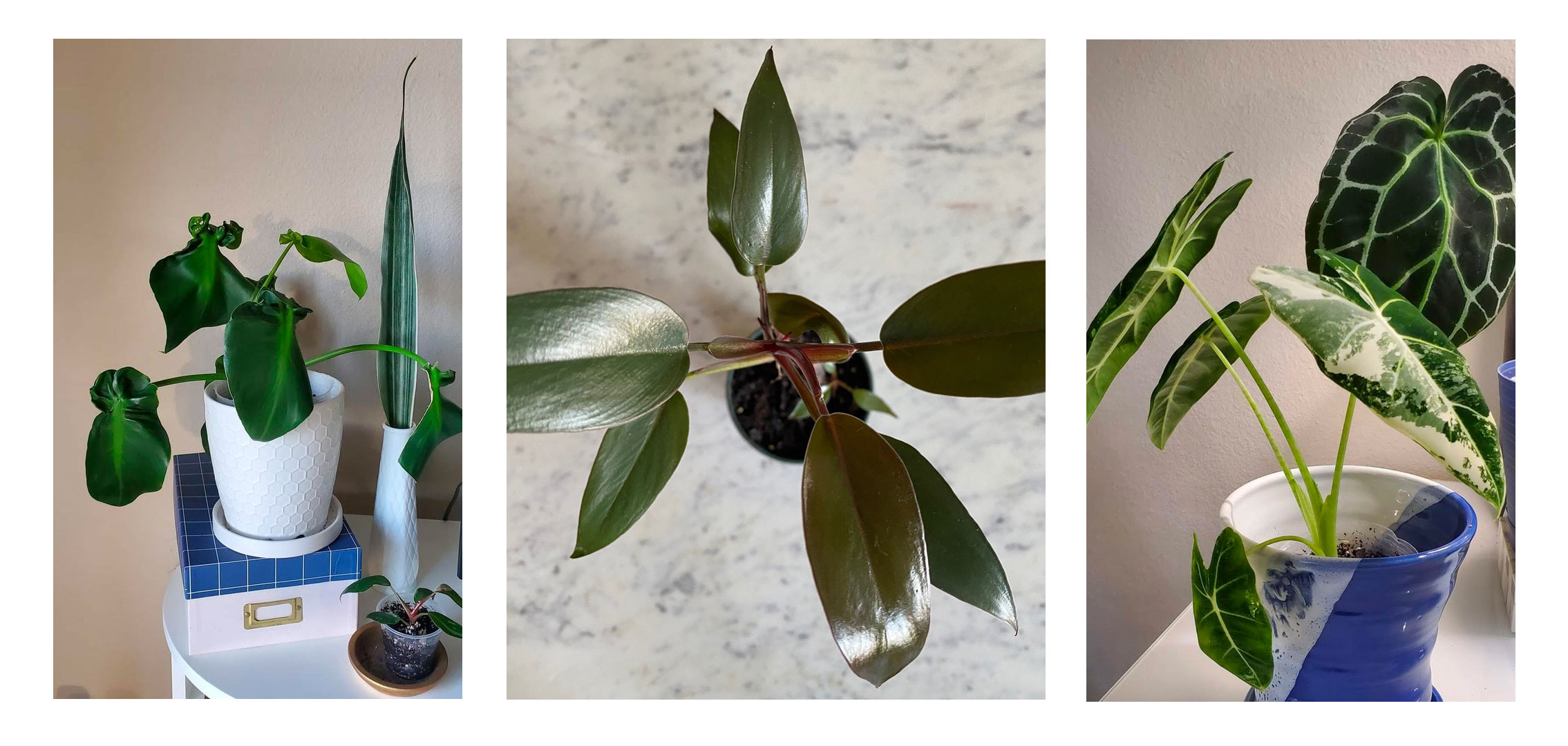
Left: Philodendron 'Rugosum'
Center: Bloody Mary philodendron
Right: Variegated Alocasia 'Frydek'
Where can you find rare house plants?
If you're now sold on finding a rare houseplant variety for your home, where should you look?
Adams recommends searching locally: "Plant shops that specialize in uncommon aroids and other plants will usually have what you are looking for." Of course, if you're in Missouri, Adams can likely hook you up.
Shop around, check local Facebook groups, and scour eBay because you never know — you could strike houseplant gold. If you're up for the challenge, look to Etsy for cuttings. Though they may be more expensive, in the long run, you could see yourself caring for a thriving rare plant species that's very high in demand.
Join our newsletter
Get small space home decor ideas, celeb inspiration, DIY tips and more, straight to your inbox!

I'm Cam, the former deputy editor of Real Homes who worked on the site from 2020 to 2023. As a renter myself, sharing a home with two friends (and my cat) in London, I know all too well the challenges that this can pose when it comes to creating your perfect setup. As someone who has always loved everything interior design-related, I cannot rest until a home feels right and I am really passionate about helping others get there too, no matter what their living situation, style, or budget may be. It’s not always the easiest to figure out, but the journey is fun and the results are so worth it.
After interior design, travel, art, and photography are my next big passions. When I’m not writing or editing homes content, I’m usually tapping into other creative outlets, exploring galleries in London or further afield, taking photos, scribbling, or drawing!
-
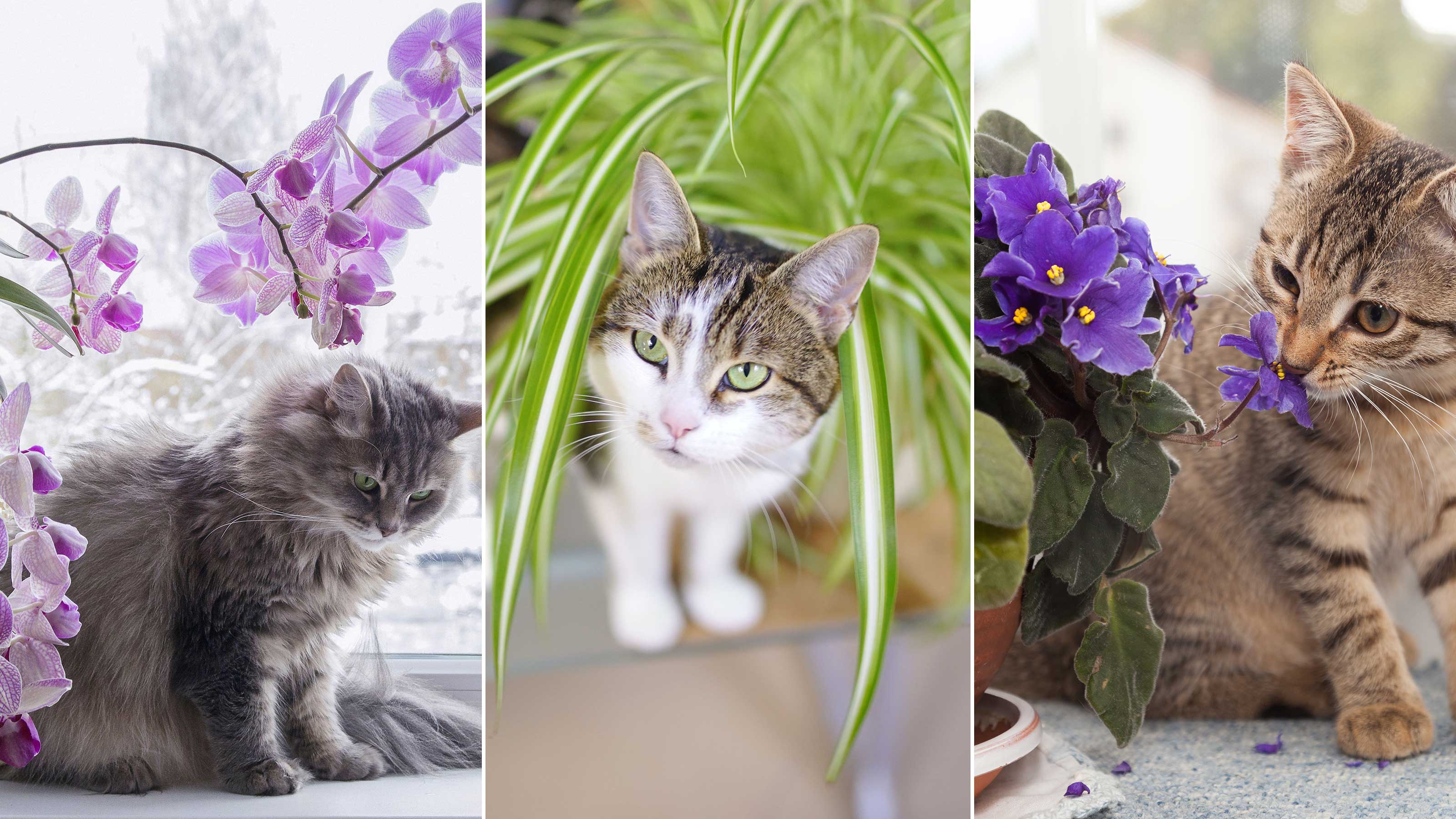 10 houseplants that are not toxic to cats — plus expert advice on keeping your pets safe
10 houseplants that are not toxic to cats — plus expert advice on keeping your pets safeKeep your four-legged companion safe by choosing these houseplants that are not toxic to cats, and learning the dangers of those that are, according to veterinary experts
By Holly Crossley Published
-
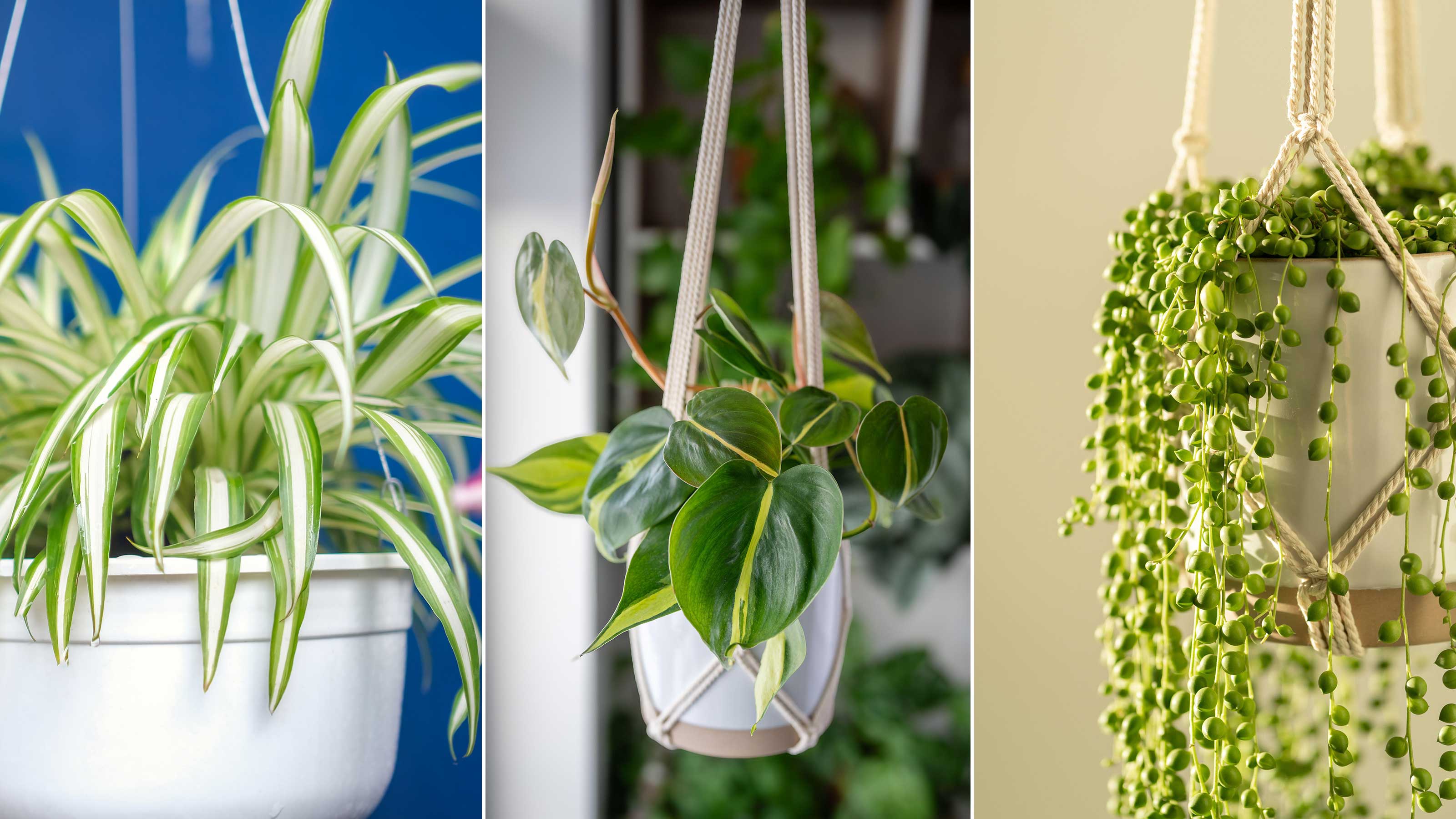 Best hanging basket houseplants — 10 leafy options for maximizing vertical space
Best hanging basket houseplants — 10 leafy options for maximizing vertical spaceDiscover the best hanging basket houseplants for elevating empty spaces in your home, as well as expert tips on how to keep them looking their best
By Holly Crossley Published
-
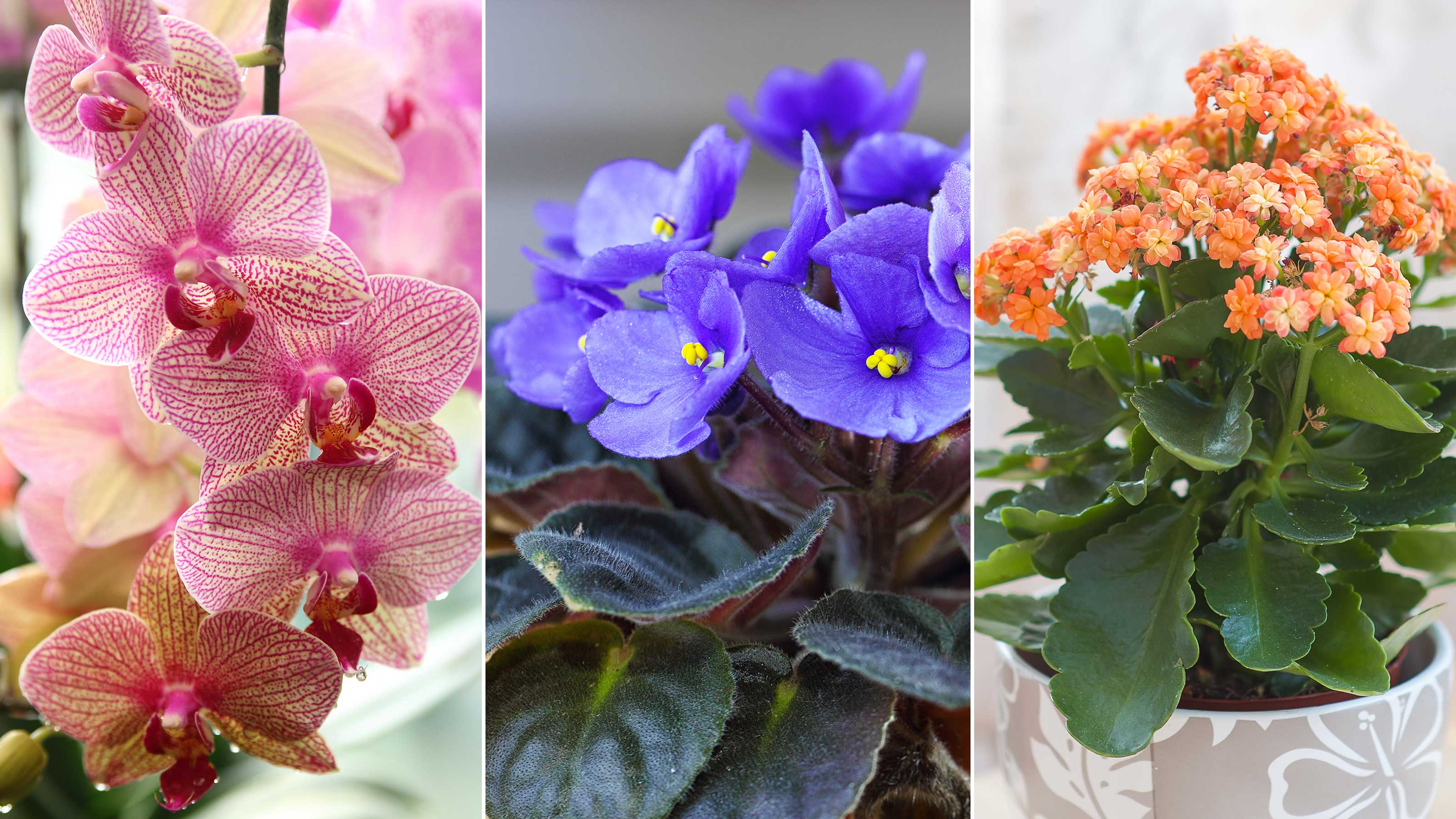 The 10 best indoor flowering houseplants to bring natural beauty to your space — including ones that blooms for months
The 10 best indoor flowering houseplants to bring natural beauty to your space — including ones that blooms for monthsThese are the best indoor flowering houseplants to beautify an interior scheme, plus expert advice on plant maintenance and styling
By Holly Crossley Published
-
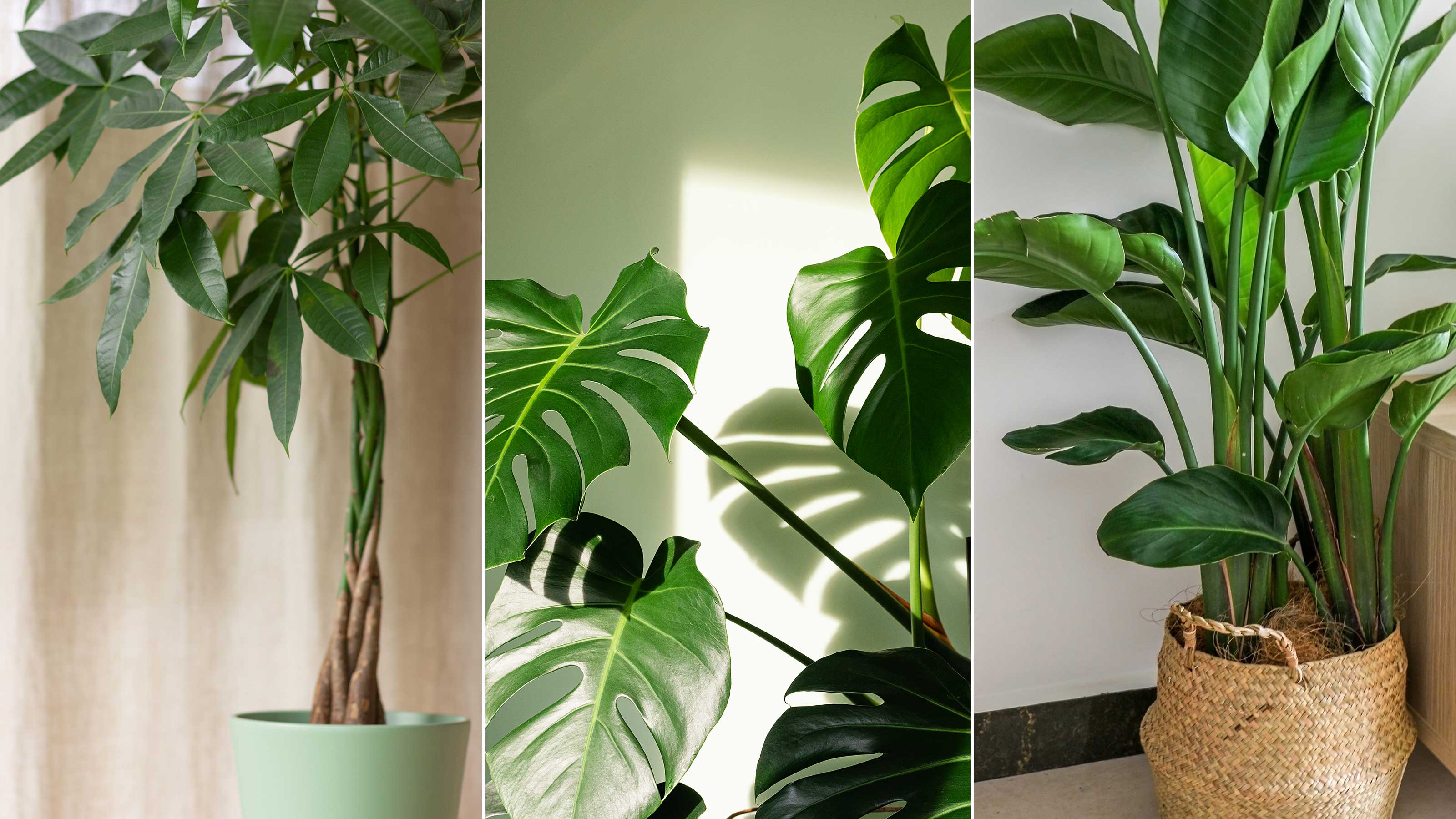 Best tall houseplants — 10 lofty options for indoor spaces
Best tall houseplants — 10 lofty options for indoor spacesThe experts reveal the best tall houseplants for a beautifully botanical interior scheme, plus practical tips on how to care for them
By Holly Crossley Published
-
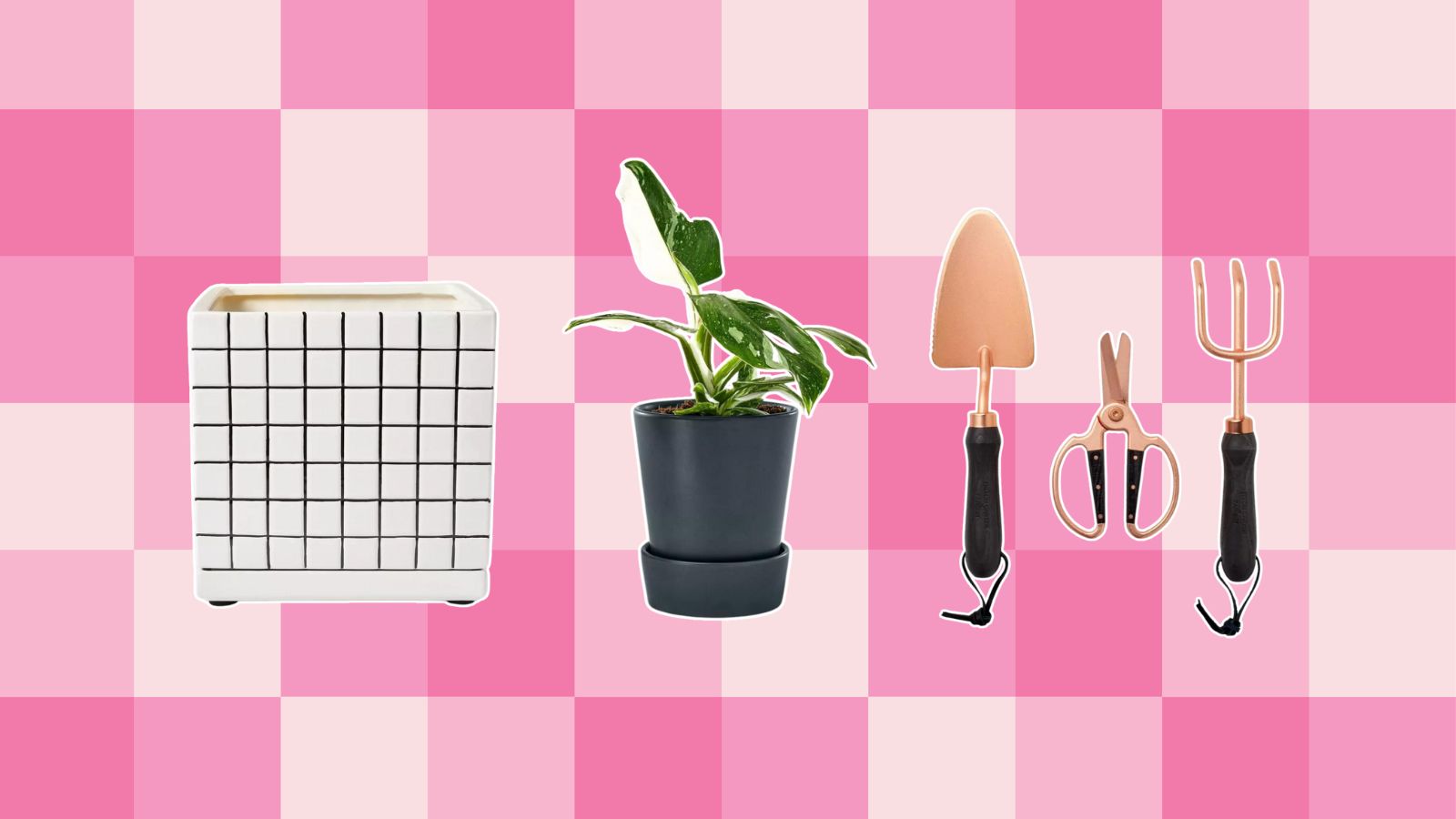 The new Hilton Carter Target line is every plant parent's dream — shop our favorite picks from $20
The new Hilton Carter Target line is every plant parent's dream — shop our favorite picks from $20The new Hilton Carter Target line is here and complete with live plants, cute decor, and handy tools. Shop our favorite picks from $20
By Danielle Valente Published
-
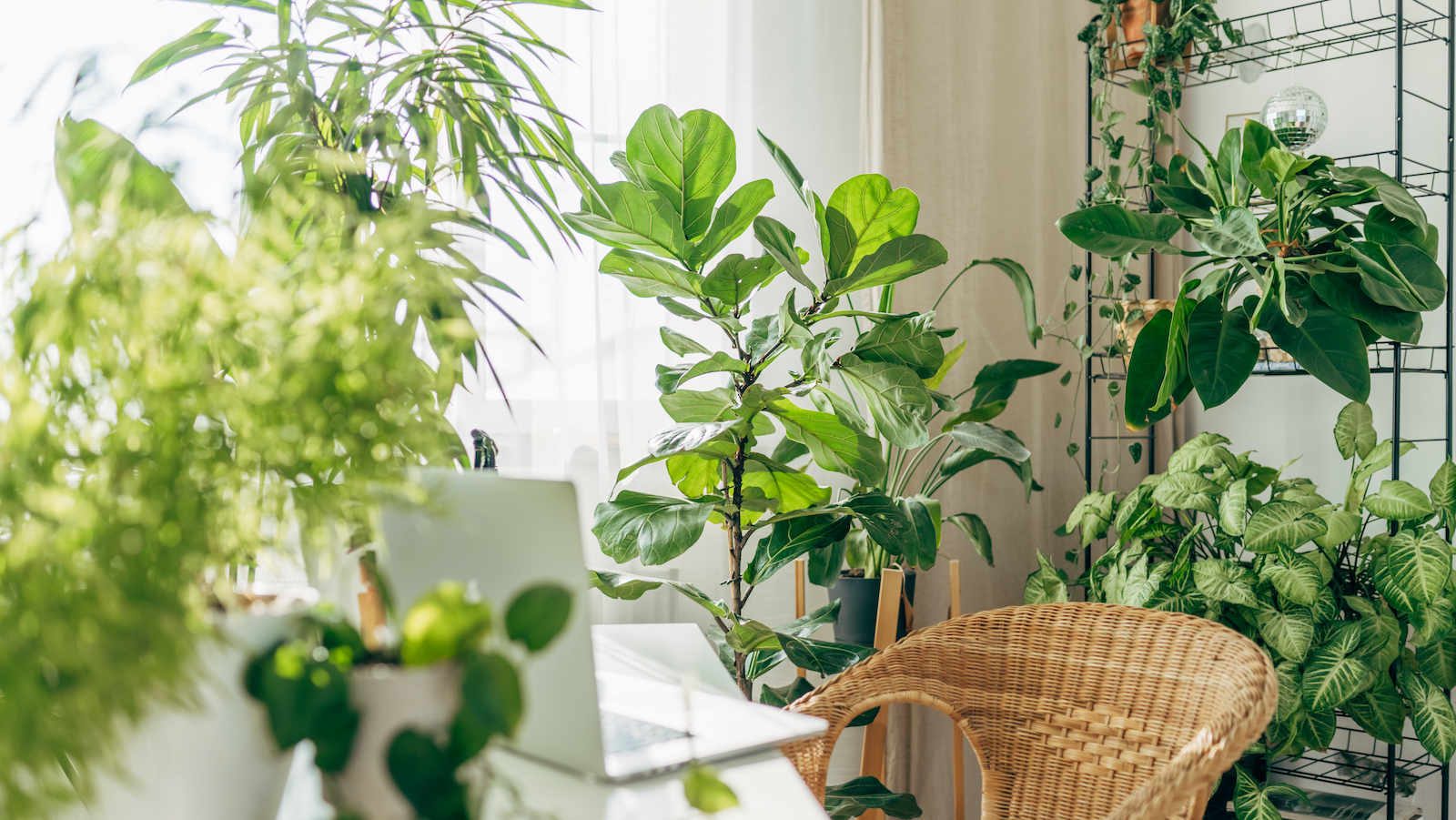 How to pollinate indoor plants — gardening experts spill their best tips
How to pollinate indoor plants — gardening experts spill their best tipsCurious how to pollinate indoor plants and when it is necessary? Let our gardening experts break it all down
By Danielle Valente Published
-
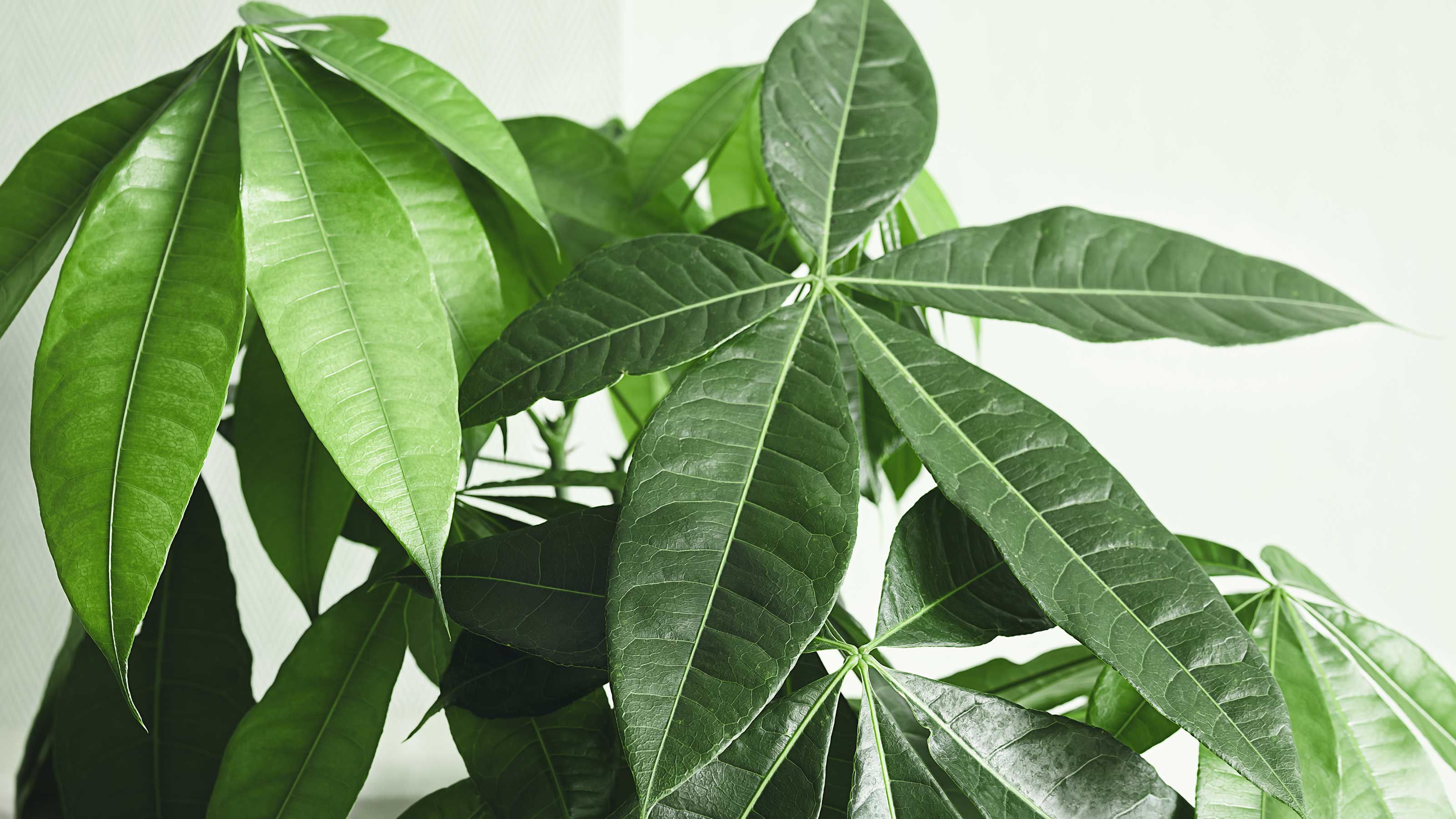 How to care for a money tree — 7 tips for thriving indoor plants
How to care for a money tree — 7 tips for thriving indoor plantsThe experts share top advice on how to care for a money tree, including practical tips for watering, soil type, and pest control
By Holly Crossley Published
-
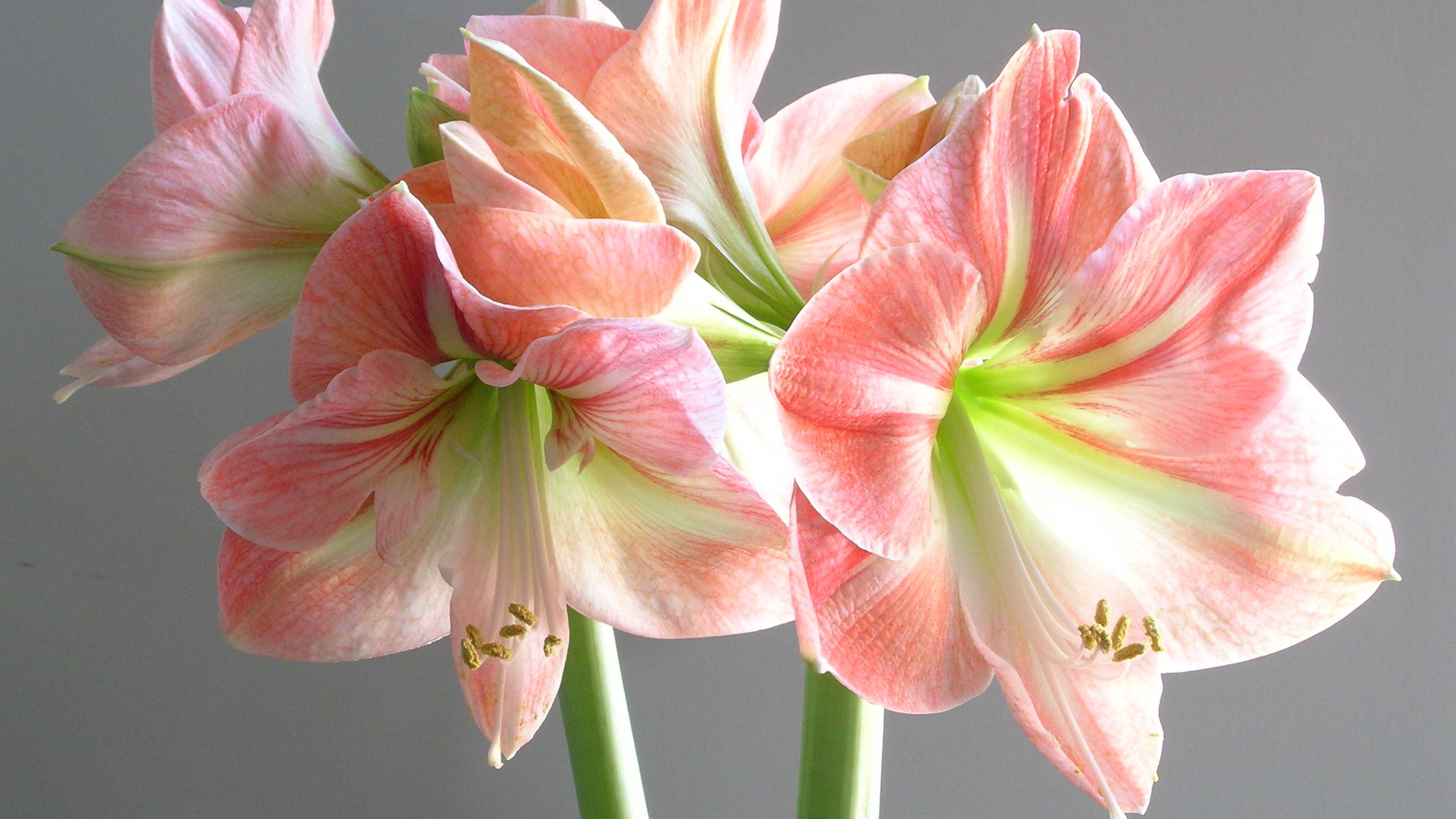 How to care for amaryllis — 9 tips for these fabulous flowering bulbs
How to care for amaryllis — 9 tips for these fabulous flowering bulbsLearn how to care for amaryllis with this practical guide, including expert-approved info on pruning, propagating, and whether you can move them outdoors
By Holly Crossley Published